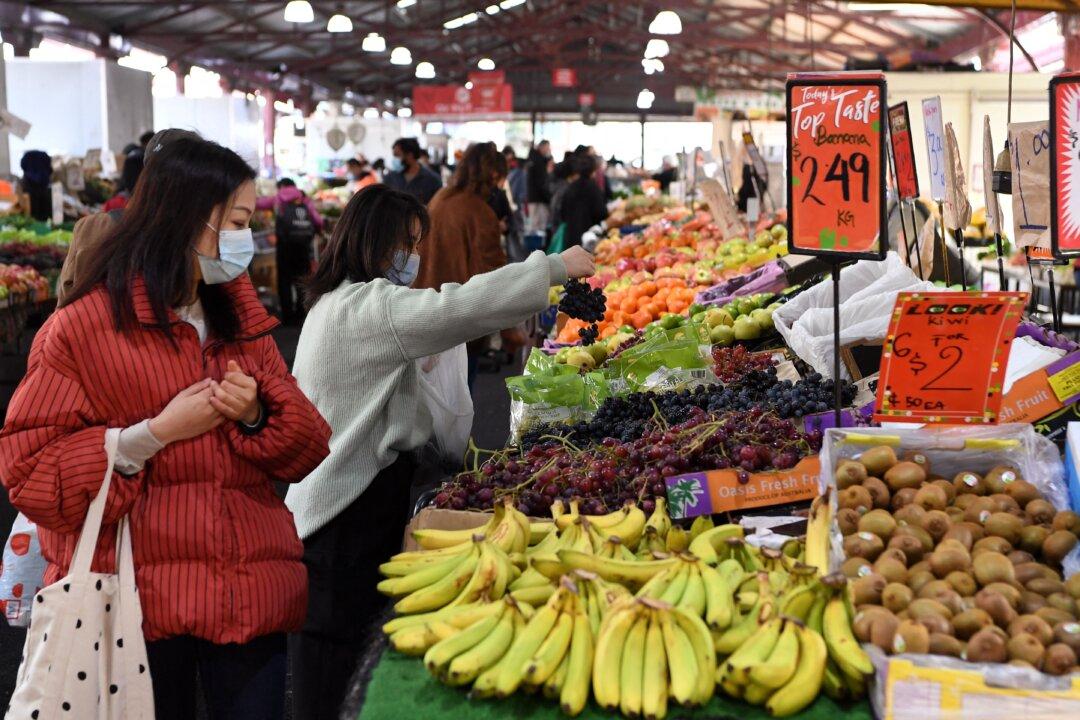A food security crisis is sweeping through Australia as millions of households had difficulty putting food on the table in the past year, a new study has shown, with 77 percent experiencing this for the first time.
Foodbank Australia—the country’s largest hunger relief charity—has released a report depicting a grim picture of food insecurity in Australia amid rising inflation.





